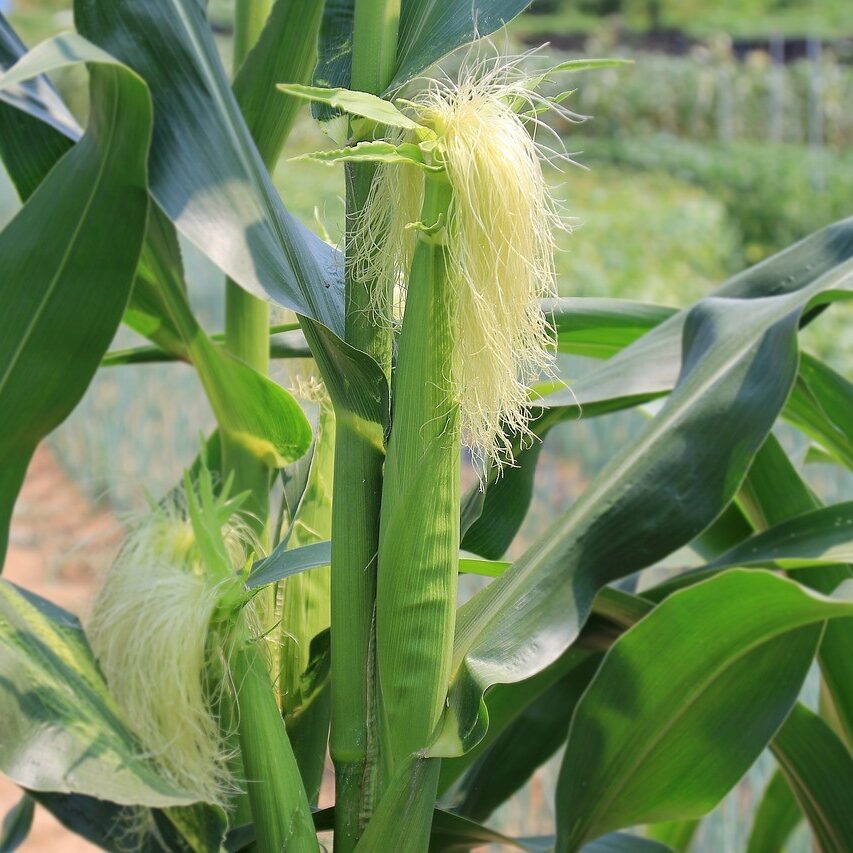Weather and climate conditions this week in Wisconsin
Here are this week’s take-home points about the weather. Scroll down for the full downloadable report.

Current Wisconsin weather and climate conditions
- Most of WI saw 2-4 days with measurable precipitation last week, bringing 0.5” or more for most. Higher totals of 2-4+” were observed regionally. This added to 30-day totals that are above normal for most of the state.
- Cooler-than-average temperatures were common across the state last week, with some days not reaching 80°F. This was a switch from what has been a warmer-than-normal past 30 days for most of WI.
Impact
- Abnormally wet soil moisture conditions are common across the north, central, and west with the continued shots of precip. Most Wisconet research farm sites experienced gains in 4” and 8” soil moisture from last week.
- Drought has been eliminated in the state, with the lowest drought coverage/severity in the state since July 1 year ago.
- Corn and soybean development are running at a pace near to the 5-year normal. Pod setting has begun in some soybean fields (17% complete) with winter wheat and oat harvest getting underway. Condition for corn, soybeans, and wheat showed minimal change from last week (NASS).
Outlook for Wisconsin weather and climate
- Another week with multiple rainy days is forecasted for the state. Chances are higher in the east.
- Climate probabilities for the July-to-August transition show a lean towards below-normal temperatures for all of WI (40-50% likelihood, except for the far NW).
- The initial August outlooks do not indicate strong probabilities of above- or below-normal temperatures or precip.
Agronomic considerations
- Field Work and Conditions
- Avoid trafficking fields in moist conditions to prevent compaction.
- Corn and soybean are well into reproductive stages throughout the state. Corn sweat will be evident this week!
- Manure Applications
- Reminder of Wisconsin’s NR 151 Runoff Rules with the timing of manure spreading and current runoff levels. Check DATCP Runoff Risk Advisory Forecast.
- Pest Management
- Scout fields to note which weed species escaped herbicide application.
- As corn and soybean crops grow, note growth stages to time future applications and sampling.
- Check moth trap catches in your region with the DATCP Pest Survey. Sign up for insect pest alerts specific to your region.
- Routine scouting in corn to watch for: corn earworm and western bean cutworm. Corn earworm is likely to produce earlier than normal larval infestations this year. Pay close attention to sweet corn.
- Second generation true armyworm populations are present with several heavy infestations reported. Be actively scouting for this pest!
- Note Japanese beetle populations in soybean fields.
- Use the VDIFN model to see risk in your region for several economically important pests.
- Scout for soybean aphid and soybean gall midge (SGM not presently in Wisconsin; however, the pest has been located in nearby states).
- Scout for tar spot as it has been reported in Wisconsin. Have a plan in place to deal with tar spot if it becomes an issue. Check out the latest disease update.
- Be vigilant for white mold in soybean as plants begin to flower. See risk forecast here. Check out the new White Mold ROI calculator.
- Forage Management
- Alfalfa stands are at or nearing second harvest with some starting a third cut in southern WI. Scout for potato leafhopper. Also scout for pea aphid.
- Consider annual forage options for late season forage supply.
- Recording when silage tassels can help predict harvest date. Consider in-field management strategies to reduce mycotoxins in silage.
- Small Grains
- Winter wheat and oat harvest is underway. As you harvest, remember the importance of combine cleaning to prevent weed seed spread from field to field.
- Consider planting a cover crop after small grain harvest. Review Cover Crops 101 for a list of viable species and seeding recommendations.
- Specialty crops- Fruit
- General
- Wisconsin fruit growers can reference the Midwest Fruit Pest Management Guide (MFPMG) for a list of registered products and recommended best practices. View the MFPMG Online or order a hard copy here: MFPMG Hard Copy.
- Japanese beetle has been observed in Southern WI. Review best monitoring and management practices here: Japanese beetle.
- Apples
- Warm and rainy weather have also brought early reports of bitter rot in some orchards; see the article on bitter rot management from the July 4 WI Fruit newsletter.
- Sooty blotch and flyspeck have been observed in Southern WI, pushed along by warm, humid conditions. Continue monitoring NEWA models.
- Apple growers should continue monitoring degree-day (base 50℉) accumulation for Codling moth. Second generation larvae will typically emerge at ~1250 degree-days (base 50℉) from the biofix date. Ensure to refresh traps/lures and continue monitoring weekly.
- Apple maggot was captured in southern WI. Growers can use red sphere traps to monitor populations and establish a biofix date.
- Apple and grape growers can reference the NEWA weather station network to monitor for disease infection periods in their area. Check out your nearest weather station: NEWA Weather Station Network (Cornell).
- Woolly apple aphid has been observed in southern WI. Check for white “cottony” appearing tufts where leaf petioles meet branches.
- Check out the WI DATCP Orchard Insect Pest Bulletin for more information on current insect trap captures across the state.
- Grapes
- Black rot fruit symptoms have been reported in vineyards around WI. Review this 2022 article by Dr. Leslie Holland on Fruit and Cluster Rots for more information on black rot and fruit rot management.
- Downy mildew foliar symptoms (“oil-stains”) have been observed in West Madison. Scout for pale-yellow lesions on the tops of leaves and white downy growth on the underside of leaves.
- Overview of grape insect/mite monitoring and management: Grape Insects and Mite Pests, 2024 Field Season (Cornell, 2024).
- General
- Specialty Crops- Vegetables
- Pests
- Western bean cutworms are moving into southern and central WI. Check for larva on sweet corn as well as
- The second generation of true armyworms is now active in WI. Check the True Armyworm Trap Network data from DATCP for trap catches in your area. While they primarily feed on grasses like sweet corn, they can also be a pest of many other vegetables including cabbage, carrot, onion, and pepper.
- Onion thrips can infest your plants throughout the season, but the risk increases when nearby alfalfa or small grains are harvested. Be on the lookout for white spots or streaking on leaves
- Tomato hornworms often do not warrant chemical control because their damage is often minimal, but if you have a large infestation of over 2 hornworm per plant consider spot treating the bad areas. Make sure to treat when the larva are small and more susceptible to an insecticide.
- Regularly scout stems and the underside of leaves of squash and pumpkins for squash bugs and eggs. Depending on your scale either crush egg clusters or if chemical control in necessary, make sure to target the young nymphs that are most susceptible to chemical control. Visit the commercial vegetable production guide for control options. Organic options can be found here.
- Diseases
- Gummy stem blight and black rot of cucurbits are caused by the same fungus and differ in whether leaves and stems or fruit are infected, respectively. Leaf spots start as dead tissue on the leaf edge and spreads into the leaf in a v shape pattern. On fruit, lesions initially appear water soaked before turning black.
- Conditions are right for the development of septoria leaf spot in solanaceous crops. Disease can survive on infected debris and then is spread by water splashing as well as equipment, people and insects moving through wet leaves. Lesions are tan to grey with dark margins and often a yellow halo.
- Early blight risk is high across the state. One way to distinguish this from other diseases is the larger lesions will have concentric rings. Prevention includes limiting periods of leaf wetness (when possible!), increasing air flow through pruning, sanitizing pruners, and avoiding areas where leaves are wet.
- Another disease that can look like septoria and early blight is bacterial spot. Both fruits and leaves can be affected. Fruit spots are raised, brown and scabby but do not lead to rot. On leaves, symptoms are very similar to septoria with brown lesions with a yellow halo.
- Onion stemphylium leaf blight is often spread by infected residue or alternative hosts including purslane, pigweed, and bull thistle. Control methods include removing or destroying infected residue, reducing damage from other diseases and insects, reducing periods of leaf wetness when possible and fungicides.
- Cucurbit downy mildew has now been confirmed on cucumbers in 11 Michigan counties. There are currently no confirmed cases in WI, but early detection is key so be on the lookout for angular lesions that are initially contained within leaf veins. As the disease progresses, the whole leaf can turn brown, and the underside of the leaf may appear fuzzy under humid conditions as this water mold produces spores.
- While scouting your cucurbits also keep an eye out for powdery mildew. Symptoms are pale yellow leaf spots that progress into white powdery spots on both the upper and lower leaf surfaces. Powdery mildew reduces yield and fruit quality because of sunscald, uneven ripening and reduced storability.
- Pests
If you would like to obtain a PowerPoint copy of this report, please email rue.genger@wisc.edu.




